INFOS & SERVICE
OUR OTHER WEBSITES
Arrive in Lhasa
Welcome in Tibet – the roof of the world
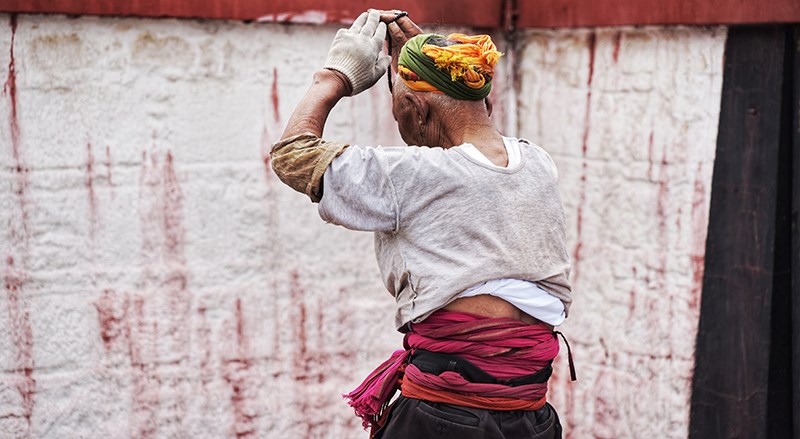
Lhasa
Potala Palace – landmark of Lhasa, Jokhang and Barkhor Street

Lhasa
Panoramic view over Potala, Norbulingka, Debate in Sera
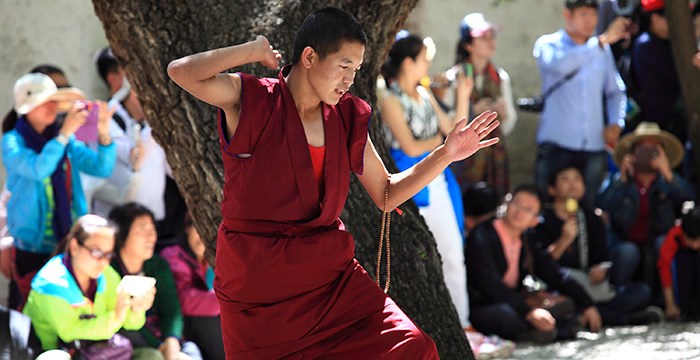
Lhasa – Tsetang
Samye Monastery and Palace Yongbulakang in Tsetang, the cradle of the Tibetan culture
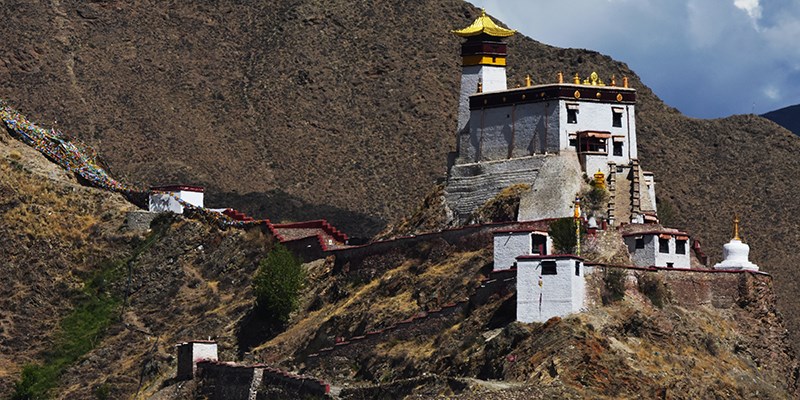
Tsetang – Gyantse
Karo La pass and glacier, sacred lake Yamdrok, monastery Samding, Palkhor with pagoda Kumbum
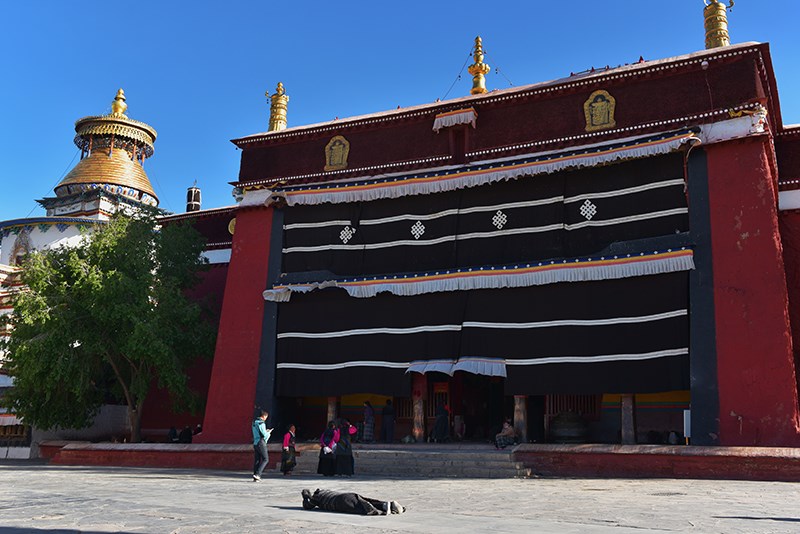
Gyantse - Shigatse
Shalu Monastery, Tashilunpo Monastery in Shigatse

Shigatse - Sakya – Narthang - Shigatse
Sakya Monastery – the first monastery of Sakya sect, Narthang Monastery
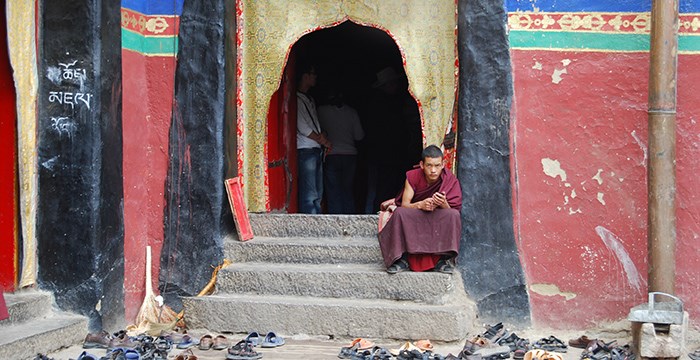
Shigatse – Lhasa
Traditional manufactory for Tibetan incense sticks, nunnery Ani Sangkhung
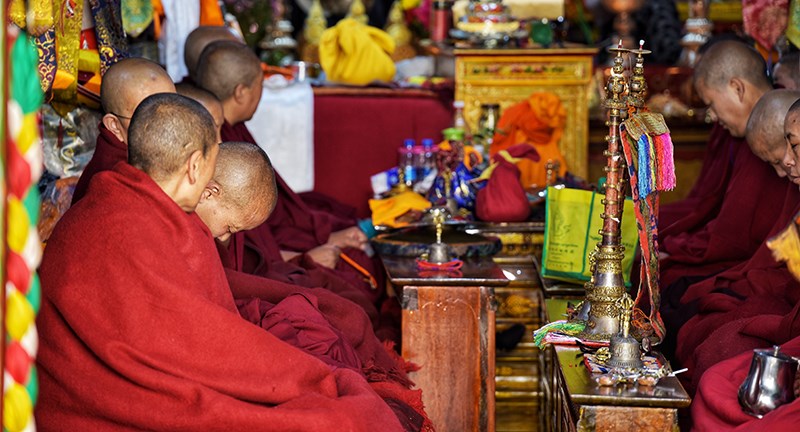
Lhasa – Drak Yerpa - Gandan – Terdrom
Drak Yerpa, Gandan Monastery with pilgrimage, Terdrom Nunnery
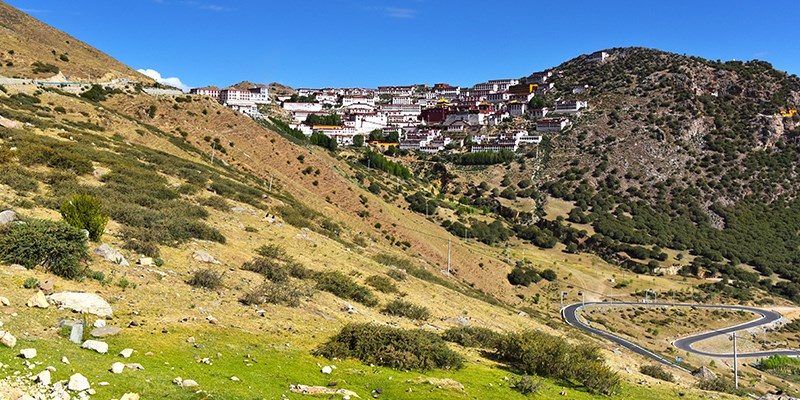
Terdrom - Drigung Til - Reting - Damxung
Drigung Til Monastery, Reting Monastery
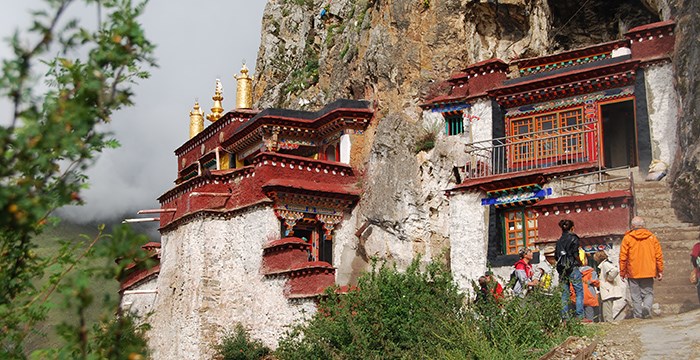
Damxung - Lhachen La - Nam Tso - Damxung - Tsurpu - Lhasa
Nam Tso Lake, hike on the Tashi Peninsula, Tsurpu Monastery
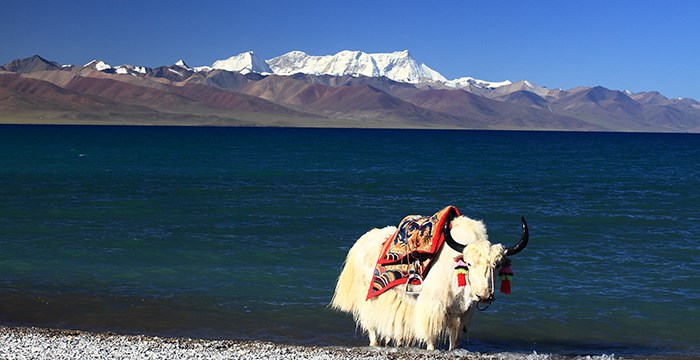
Leave Tibet
Travel to next destination
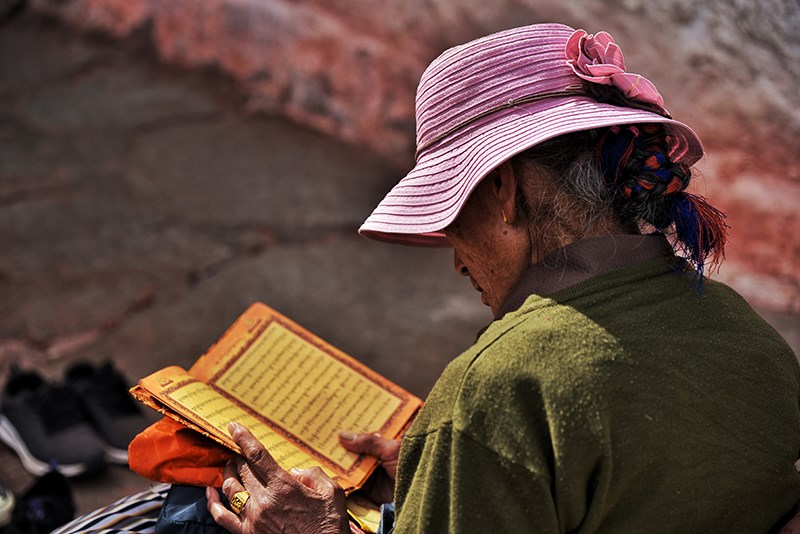
Private travel, great experiences! Please contact us for your tailor-made travel offer.
With individual China Tibet travel, you can decide when, where and how you go on tour by yourself. What's more, you can choose the length of travel and whom you go with.